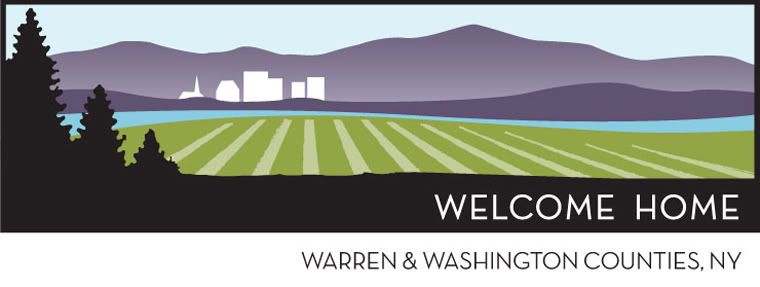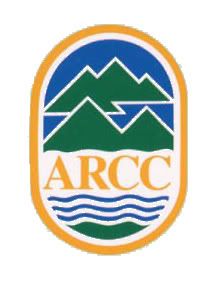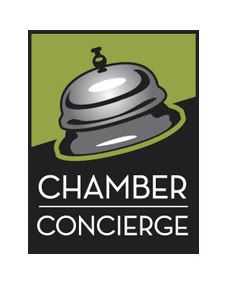TESTIMONY OF TODD L. SHIMKUS
PRESIDENT/CEO OF THE ADIRONDACK REGIONAL CHAMBER OF COMMERCE
PARTNERSHIP FOR COVERAGE – PUBLIC HEARING
SEPTEMBER 5, 2007, GLENS FALLS, NY
The Adirondack Regional Chamber of Commerce is comprised of nearly 1,100 member organizations with over 23,000 employees predominantly in Washington and Warren Counties, New York. The mission of the ARCC is to help local companies to succeed, grow and thrive and to expand economic opportunity throughout our region.
Like many chambers of commerce, one of the primary benefits of belonging to the ARCC is the opportunity to access our health insurance programs. We now have more than 350 working families that rely on the ARCC for advice and access to health insurance. In particular, it seems important to note that 120 of these working families operate companies that are classified as sole proprietors. The remaining participants have between 2 and 5 employees typically and are clearly family owned businesses.
While I’m sure these numbers are interesting, the one that is shocking is that these local working families pay $2.68 million per year in health insurance premiums. That means that each participant on average is spending over $7,400 per year on health insurance with the amount paid for individual plans being less and the amount for family coverage being more. Noting that rates have traditionally increased on or about 10% per year, these families will be looking at increases next year in the amount of $268,000.
To control rate increases as best we can, we’ve been forced in our negotiations with insurers to reduce benefits and to increase co-pays. So while our members are paying more for health insurance, they and their employees are getting less in benefits. This combination of factors is why our members and the ARCC is so concerned about the future capacity of our current system to ensure that our members have continuing access to affordable high quality health insurance plans.
As you consider options to remedy this situation, we’d ask that you consider the following four points:
1. Rate Review – The Commission of Insurance should once again have the authority to approve and/or disapprove health insurance rates. This review should be administered where both the insurance companies and the state have clearly established deadlines by which rate plans shall be submitted and reviewed. The current file-and-use system has not adequately protected our members from increasing rates and reduced benefits.
2. Sole Proprietors – One of the best vehicles for reducing the uninsured population is to make it easier for sole proprietors to obtain health insurance. Right now, the process of securing coverage is relatively easy but the fact that insurers can charge sole proprietors health insurance rates that are 15% higher than their fellow business owners with 2 to 50 employees is a barrier to securing coverage. If the insurers can in fact present a case where it is obvious that sole proprietors are more expensive to cover, we’d urge the state to see if there is a way to provide subsidies to level this playing field. Perhaps it makes sense to offer such subsidies through grants to chambers that agree to provide this service to their members.
3. Administration – We currently offer health insurance programs provided by three different insurance companies. Each of these insurers has application forms and required paperwork that must accompany any such application. These applications all ask the same questions and ultimately we expect the insurers are looking for the same data and proof of business ownership. Why are these forms not standardized? The fact that they are not adds costs and time to processing such forms for the employer, the broker, and the insurance company. I’m told that the same is true with respect to the filing of claims by doctors offices and hospitals who must deal with dozens of insurance providers all seeking the same information on different forms and with different required attachments. This is clearly an area where costs have not been contained and where standardization will benefit everyone.
4. Partnership for Coverage – Next year, I will have the honor of serving as the Chair of the Chamber Alliance of New York. The Chamber Alliance has nearly 90 chambers of commerce across New York State as members. Many of these chambers provide health insurance as a primary benefit to their members. Collectively, I’m sure we provide health insurance to thousands of employers and even more employees. While I can’t yet officially speak for CANY’s, I think I am safe in suggesting that we’d like you to put chambers at the decision making table of your partnership as you move forward.
5. Access to Care – As I’m sure you will hear from Dr. John Rugge and David Kruczlnicki, our region also faces a crisis of access to adequate care. The ARCC recently participated in a public forum on this issue and we stand prepared to do whatever we can to assist with physician recruitment and retention efforts that our local health care organizations and the state may undertake. We certainly recognize that even if the ARCC is able to offer the best health insurance plans at the most affordable rates possible that this will all be a waste of time if there is no one locally to provide the care our members and their employees need. We’ve reached a point of crisis on this issue locally and hope that you’ll act favorably on the recommendations these two experts have offered.
As always, we appreciate the opportunity to offer these comments to you. We are eager to play more of a role in your deliberations if this is possible. But ultimately, we hope that you are successful in your efforts to find a better, more affordable system.
Now it's your turn. Do you have a health insurance horror story? Challenges getting coverage? Denied claims? Failure to reach a human? Tell us your story and let us share it with others. Together, maybe we can make a difference.
Wednesday, September 5, 2007
Inside the Hearings - Updated with more video
Posted by
ADK_Chamber
at
10:54 AM
![]()
Labels: Health Care, Members, Photos, Video
Subscribe to:
Post Comments (Atom)






0 comments:
Post a Comment